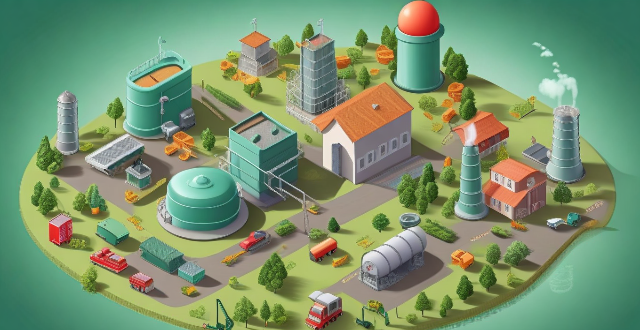Carbon credit systems enable individuals to participate in reducing greenhouse gas emissions by buying, selling, or supporting carbon offsets. Individuals can offset their own carbon footprint by purchasing credits from verified projects, sell credits generated from their sustainable projects, or support the growth of carbon credit initiatives through advocacy and investment. Participation in these systems is a significant step towards combating climate change and fostering a more sustainable environment.

How Can Individuals Participate in a Carbon Credit System?
Carbon credit systems are designed to reduce greenhouse gas emissions by creating a market for carbon offsets. Individuals can participate in these systems by buying and selling carbon credits, which represent the right to emit a certain amount of carbon dioxide or other greenhouse gases. Here are some ways individuals can get involved:
1. Understanding Carbon Credits
First, it's important to understand what carbon credits are and how they work. A carbon credit represents one tonne of CO2 equivalent that has been reduced, avoided, or sequestered from the atmosphere. These credits are generated through projects like reforestation, renewable energy development, or energy efficiency improvements.
2. Buying Carbon Credits
Individuals can purchase carbon credits to offset their own carbon footprint. This might involve calculating your annual emissions from activities like driving, flying, and electricity use, and then buying enough credits to "balance" those emissions.
Steps to Buy Carbon Credits:
1. Calculate Your Emissions: Use an online calculator to estimate your annual carbon footprint.
2. Choose a Provider: Find a reputable carbon offset provider that offers high-quality projects.
3. Make a Purchase: Buy credits equivalent to your emissions or more if you want to be extra sustainable.
4. Verify Impact: Ensure that the projects you support are verified and monitored for real, lasting environmental benefit.
3. Selling Carbon Credits
If you own a project that reduces, avoids, or removes greenhouse gases, you may be able to generate carbon credits to sell. This could be anything from a renewable energy installation to a forestry project.
Steps to Sell Carbon Credits:
1. Develop a Project: Create or invest in a project that meets the requirements for generating carbon credits.
2. Register with a Registry: Register your project with a recognized carbon registry that verifies and tracks carbon offset projects.
3. Generate Credits: Once your project starts reducing emissions, you can generate credits based on its performance.
4. Find Buyers: Market your credits to companies, governments, or individuals looking to offset their emissions.
4. Supporting Carbon Credit Initiatives
Beyond direct participation in the buying and selling of credits, individuals can support the growth and effectiveness of carbon credit systems in several ways:
- Advocacy: Support policies and regulations that promote the use of carbon credits.
- Investment: Invest in companies or funds that focus on sustainable projects generating carbon credits.
- Education: Educate others about the benefits of carbon credit systems and how to participate effectively.
Conclusion
Participating in a carbon credit system is a proactive way for individuals to contribute to the fight against climate change. By offsetting personal emissions, investing in sustainable projects, or advocating for stronger policies, anyone can play a role in creating a more sustainable future.